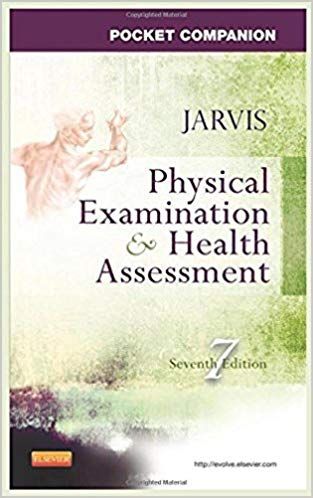Elsevier (Feb 20, 2015)
7
| Paperback
304 pages | 18 x 211 mm | USA | en_US
Dewey 610.73 .Jar 2015
LC Classification RC76 .J374 2016


 English
English  Nederlands
Nederlands  Deutsch
Deutsch  Français
Français  Español
Español  Magyar
Magyar  српски
српски  Dansk
Dansk  Italiano
Italiano  Svenska
Svenska  Slovenčina
Slovenčina  Português
Português 

